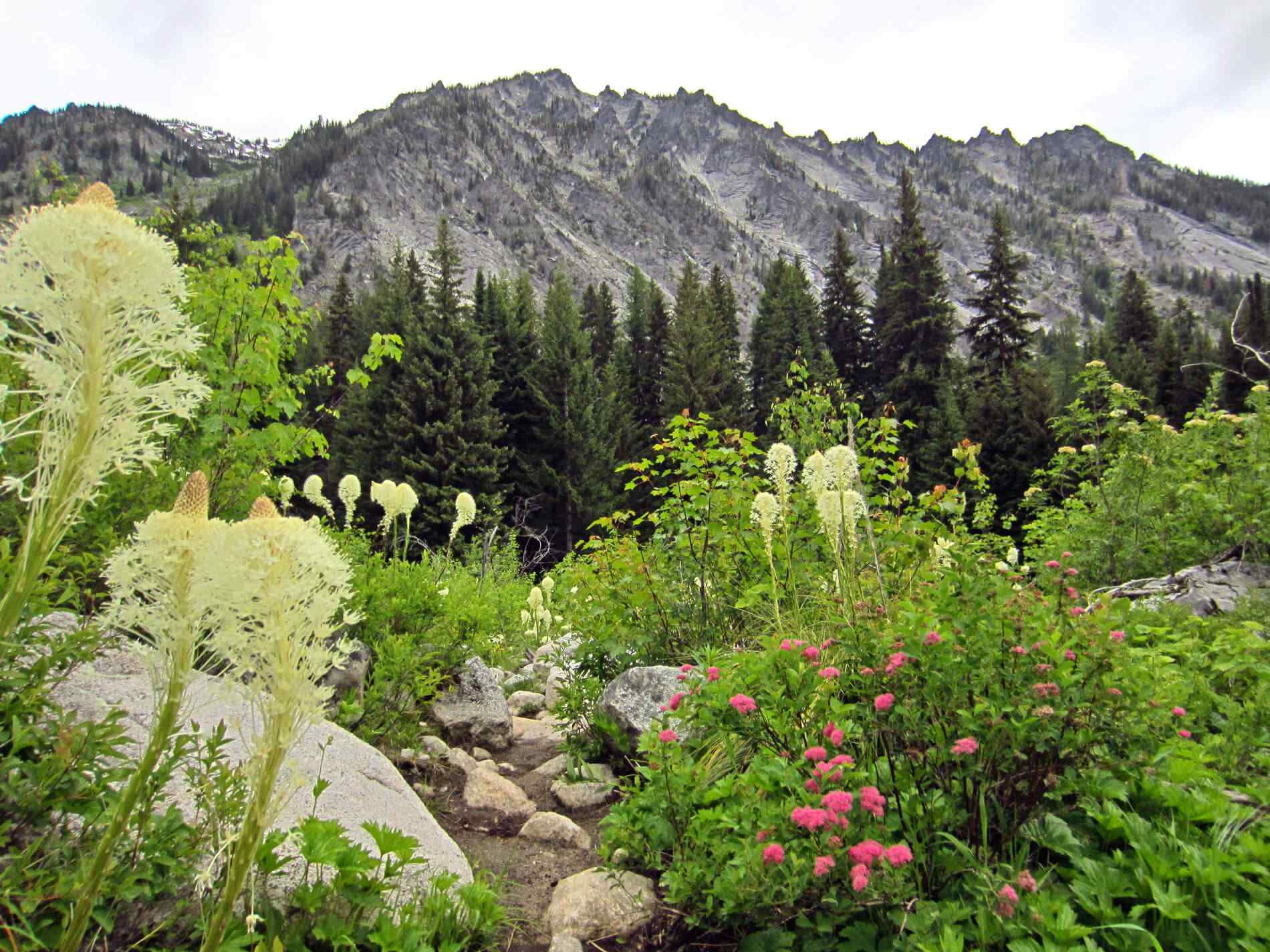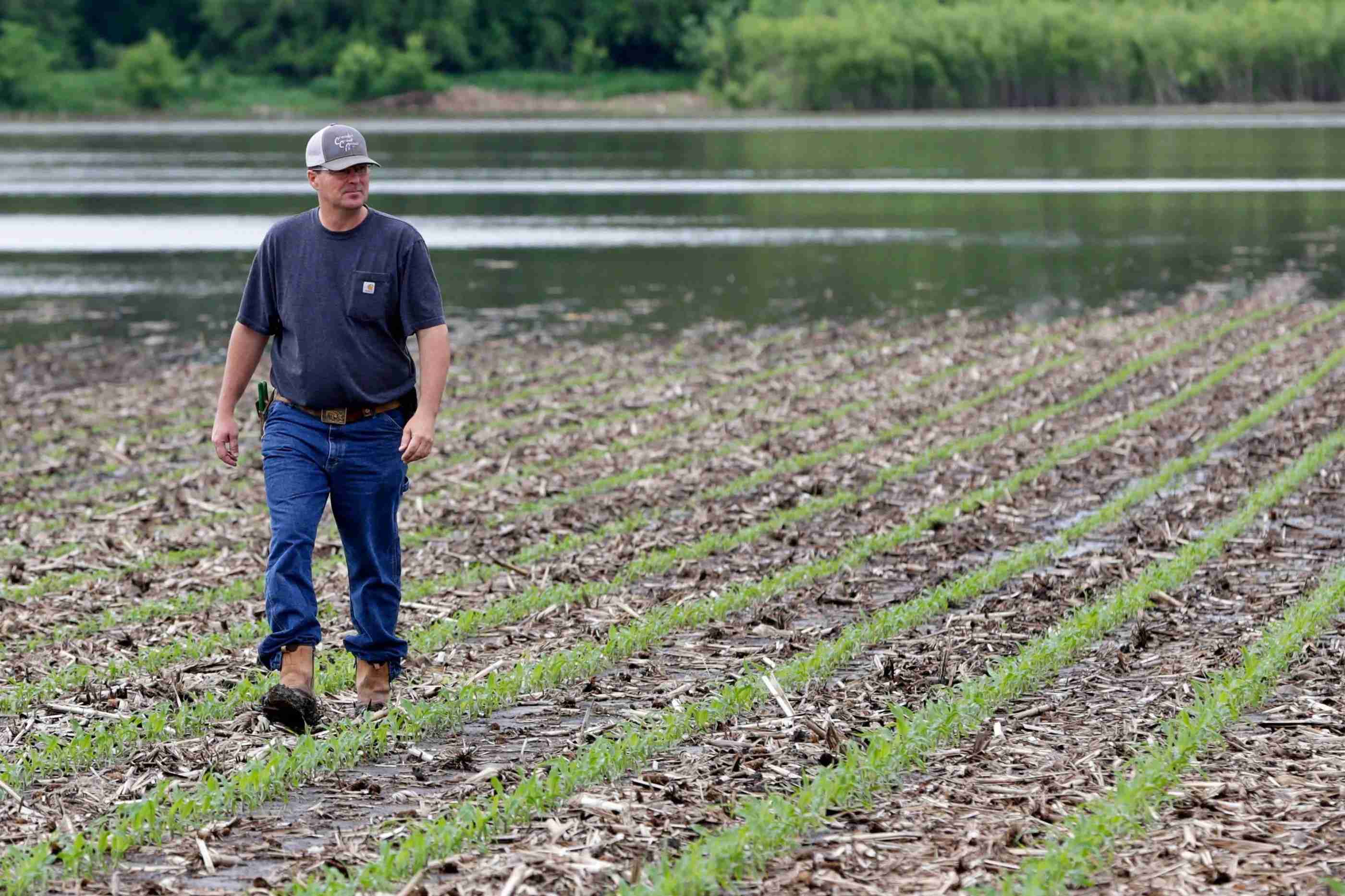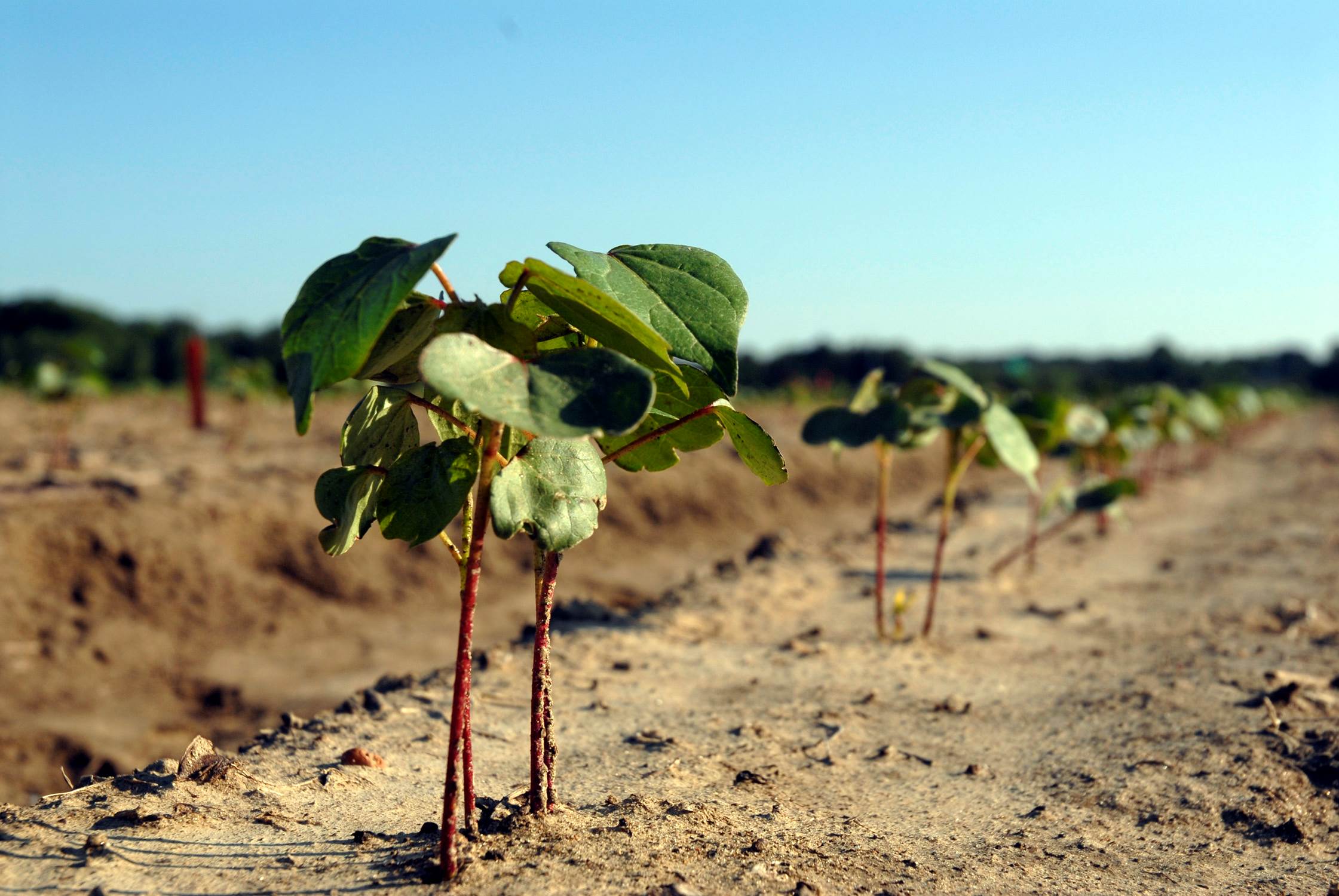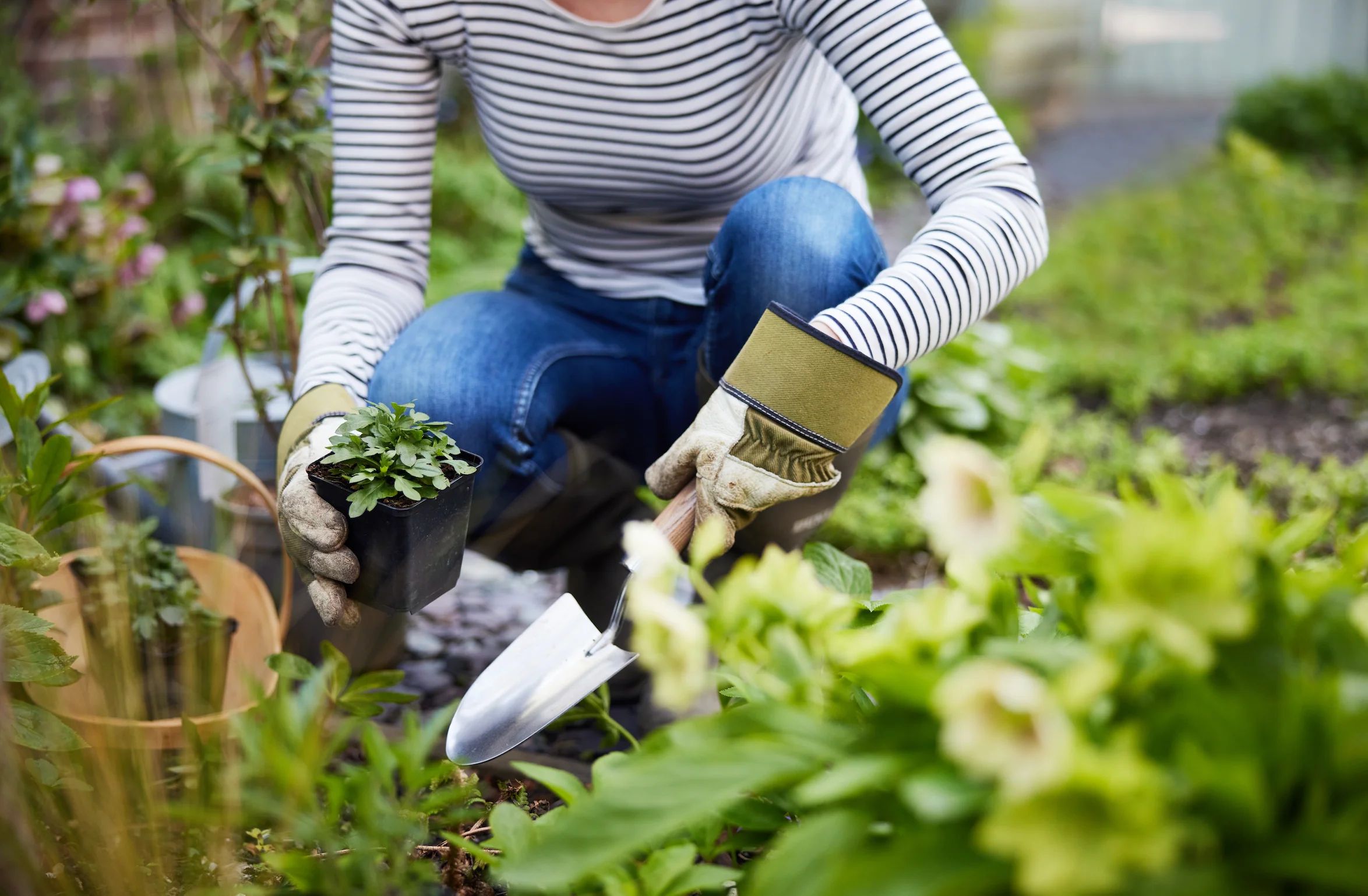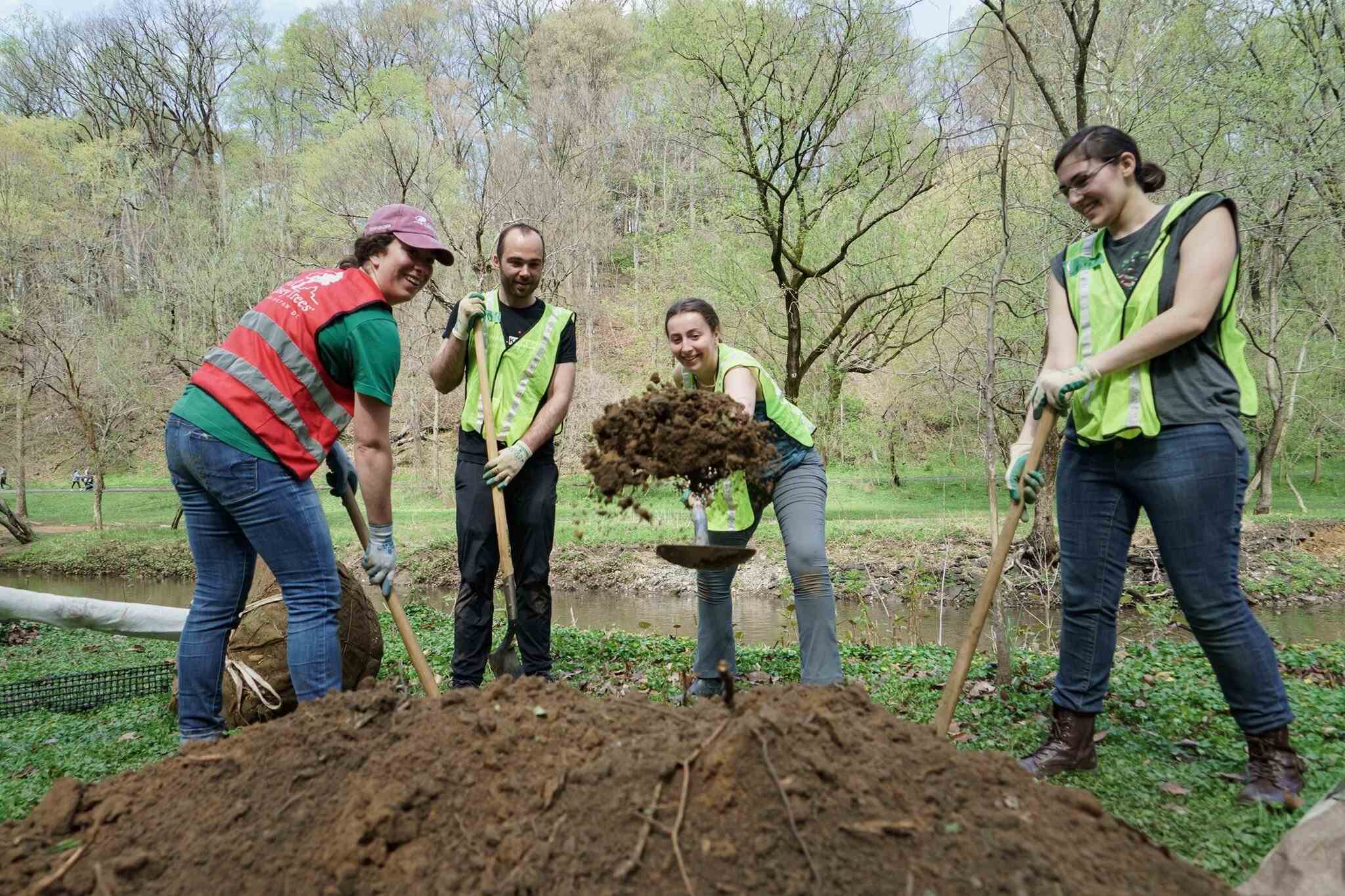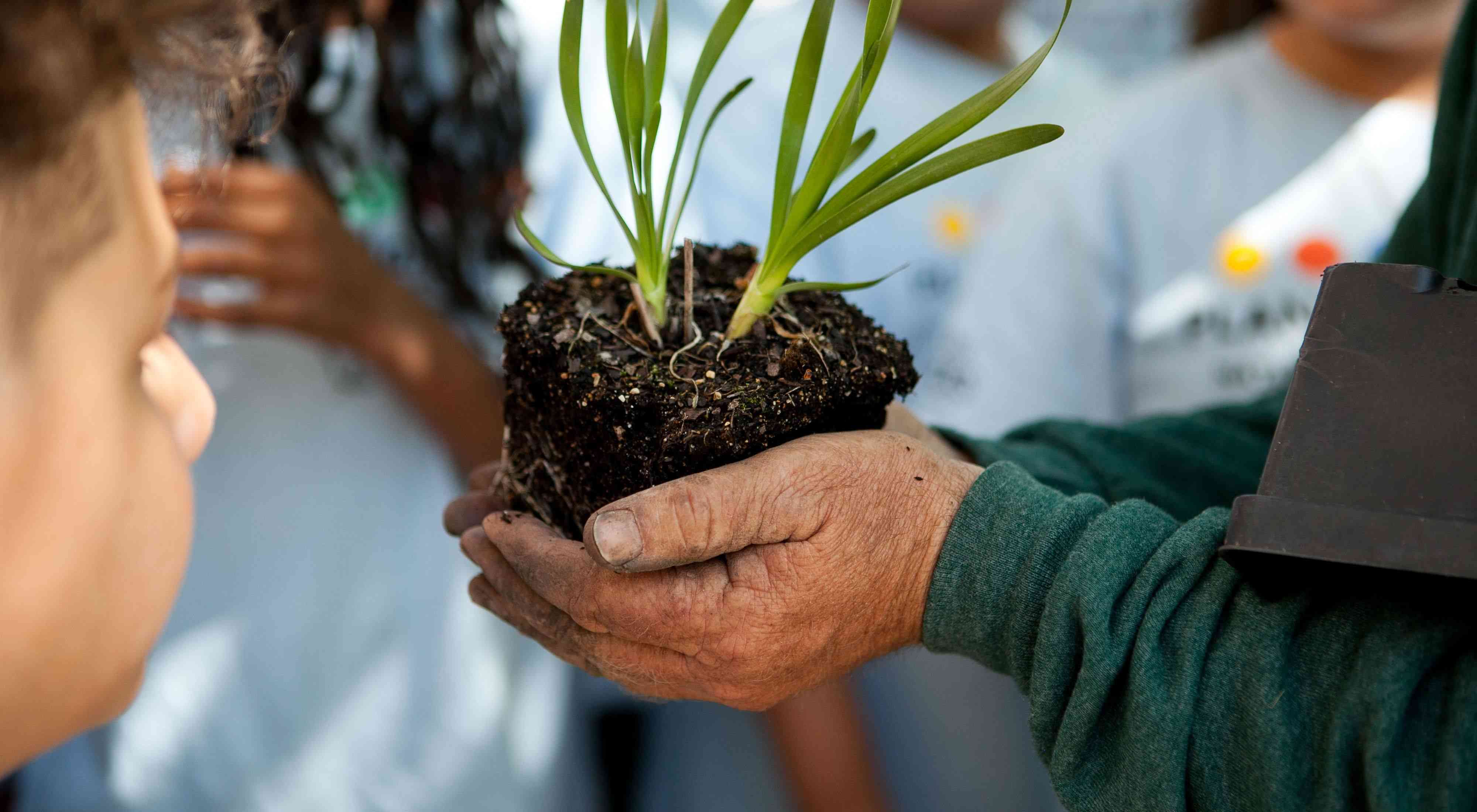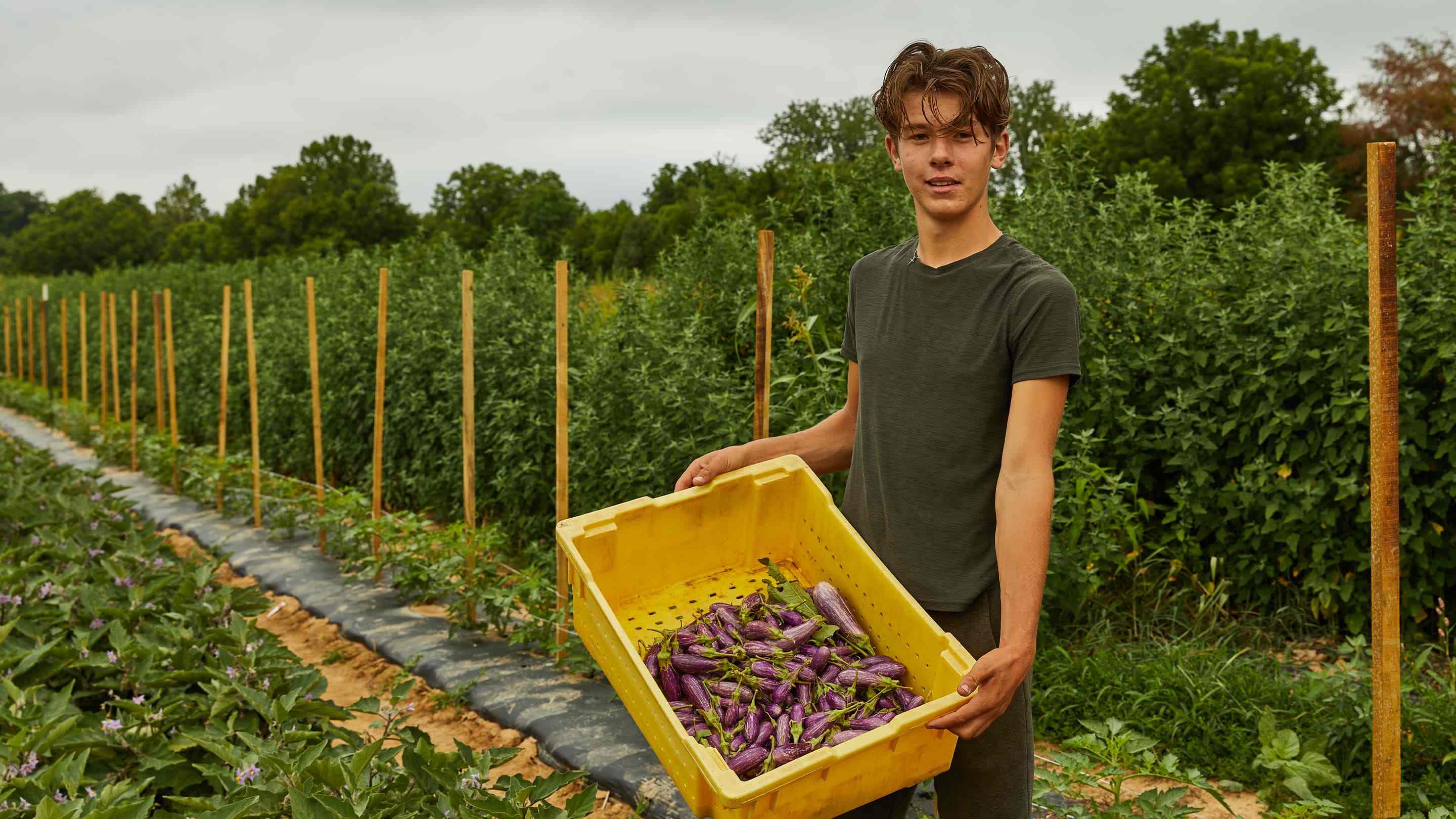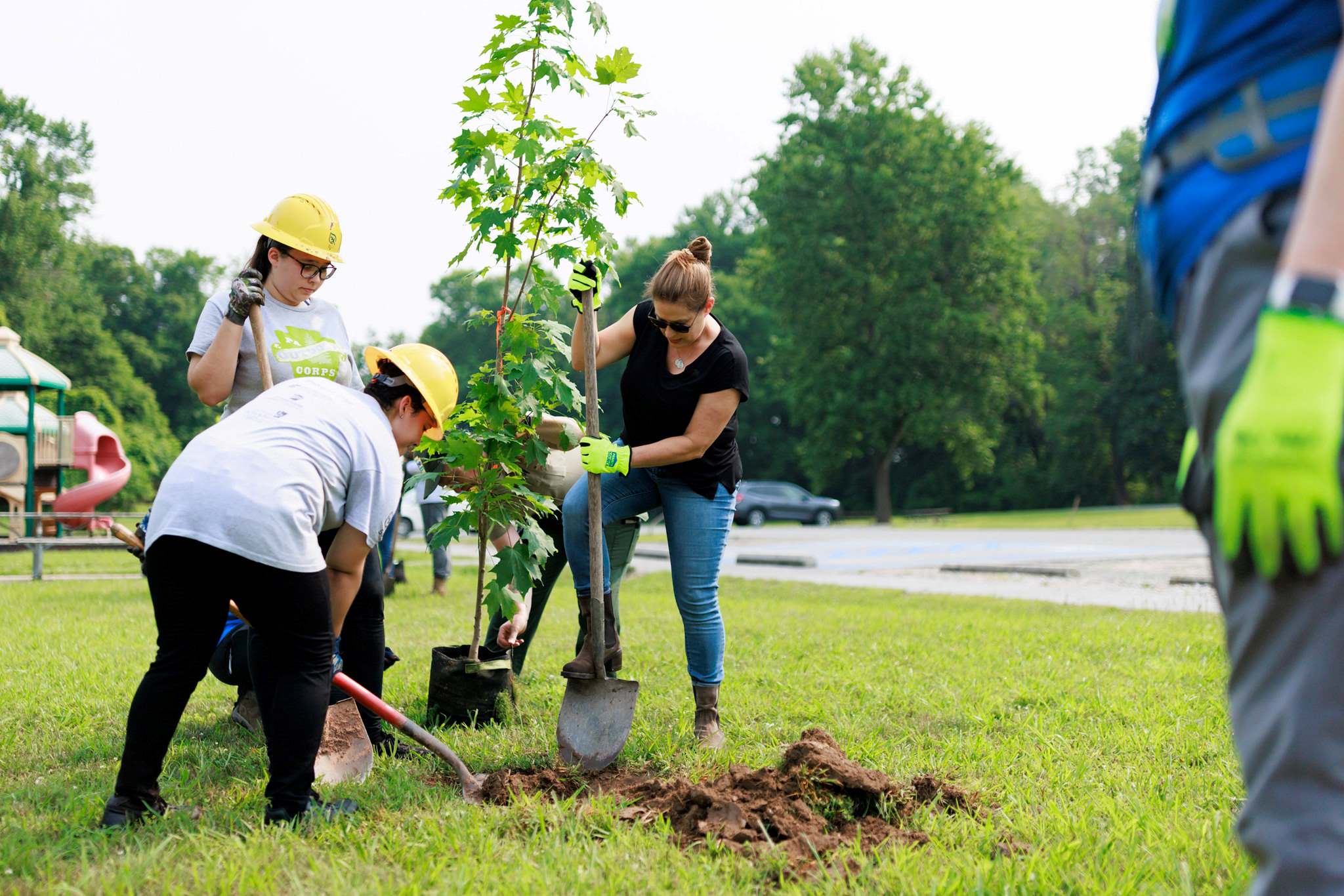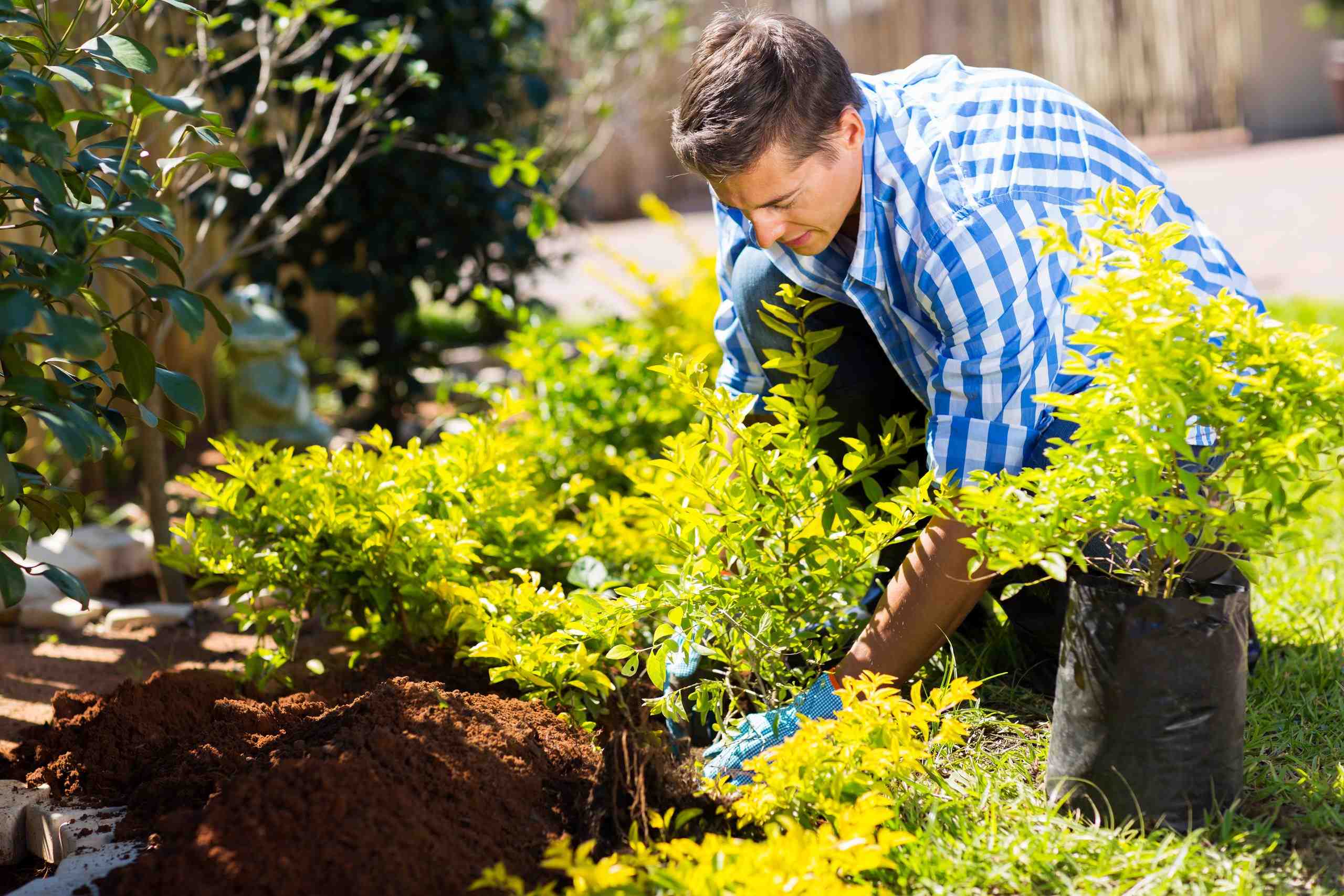Home>Gardening Basics>Understanding Soil>What Zone Is Portland Oregon For Planting
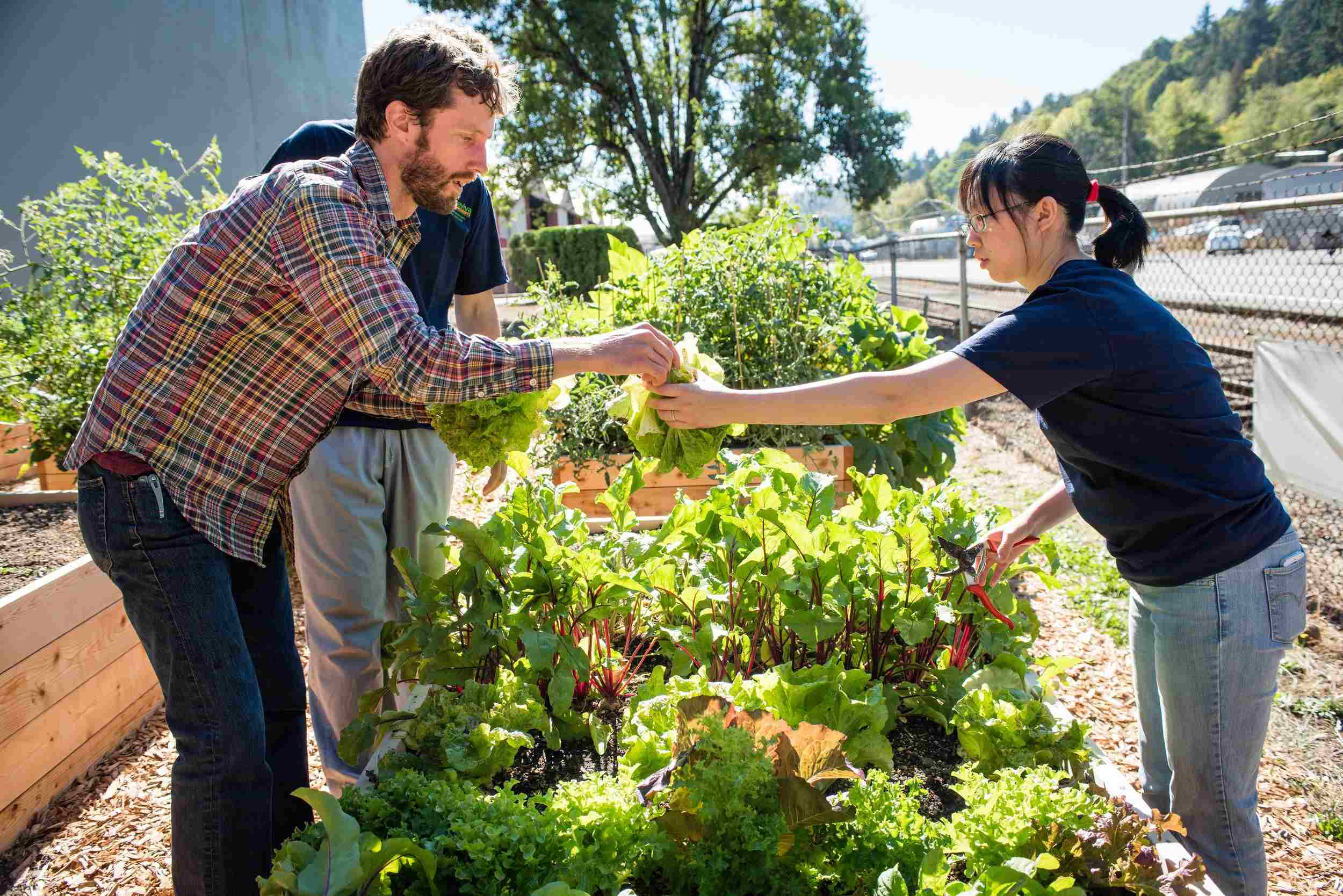

Understanding Soil
What Zone Is Portland Oregon For Planting
Modified: January 22, 2024
Find out what zone Portland, Oregon falls into for planting and gain a deeper understanding of soil composition for successful gardening.
(Many of the links in this article redirect to a specific reviewed product. Your purchase of these products through affiliate links helps to generate commission for Chicagolandgardening.com, at no extra cost. Learn more)
Table of Contents
Introduction
Welcome to the vibrant city of Portland, Oregon! Situated in the Pacific Northwest, this city is known for its stunning landscapes and thriving green spaces. If you’re new to gardening or planning to establish a garden in Portland, it’s essential to understand the concept of plant hardiness zones. These zones provide valuable information about the types of plants that can thrive in a specific region and help gardeners make informed decisions about what to plant and when.
When it comes to gardening, one size does not fit all. Each region has its own unique climate and environmental conditions that greatly impact the success of plants. Plant hardiness zones help gardeners identify the specific requirements and limitations of their area, ensuring that they select plants that have the best chance of survival and flourish in their local climate.
If you want your garden to thrive in Portland, it’s important to determine the plant hardiness zone for the area. This classification system provides guidance on the average annual minimum temperature, which is a crucial factor in determining what plants can survive in a particular region.
In the following sections, we will explore the factors that affect plant hardiness zones, how to determine the planting zone for Portland, Oregon, the climate and environmental conditions in the area, as well as recommended plants that are well-suited for Portland’s planting zone. So, let’s dig deeper into understanding the soil, climate, and plants that flourish in the city of Portland.
Understanding Plant Hardiness Zones
Plant hardiness zones are a classification system used to understand and define the climatic conditions of different regions. The zones are based on the average annual minimum temperature and act as a guide to help gardeners select plants that are suitable for their specific area.
The United States Department of Agriculture (USDA) developed the plant hardiness zone map, which divides the country into 13 zones. Each zone is defined by a 10-degree Fahrenheit difference in the average annual minimum temperature. Lower-numbered zones have colder average temperatures, while higher-numbered zones have milder temperatures.
Understanding your plant hardiness zone is crucial for successful gardening. It enables you to choose plants that have a higher chance of survival and thriving in your particular region. By selecting plants that are adapted to your zone’s climate, you can minimize the risk of frost damage, temperature extremes, and other environmental stresses.
In addition to the USDA plant hardiness zone map, other countries and regions have developed their own classification systems. For instance, Canada has its own Hardiness Zone Map, which takes into account factors such as snow cover and wind exposure.
It’s important to note that while the plant hardiness zone system provides useful guidance, it’s not the only factor to consider when selecting plants for your garden. Other factors such as temperature fluctuations, rainfall patterns, soil type, and exposure to sunlight also play a significant role in a plant’s ability to thrive.
So, when planning your garden, take into account both the plant hardiness zone and the specific environmental conditions of your area. This comprehensive approach will increase the likelihood of success and ensure that your garden is filled with healthy and happy plants.
Factors Affecting Plant Hardiness Zones
Several factors influence the determination of plant hardiness zones and the suitability of plants for specific regions. Understanding these factors can help gardeners make informed decisions about which plants will thrive in their particular area. Let’s explore the key factors affecting plant hardiness zones:
- Temperature: The average annual minimum temperature is the primary factor considered when defining plant hardiness zones. Different plants have varying temperature requirements, with some being more tolerant to cold temperatures and others requiring milder climates.
- Winter Hardiness: Some plants have mechanisms in place that allow them to survive freezing temperatures and winter conditions. These plants are considered winter hardy and can withstand colder temperatures without suffering damage or death.
- Heat Tolerance: While plant hardiness zones primarily focus on cold tolerance, heat tolerance is also an important consideration for certain regions. Plants that can withstand high temperatures and thrive in hotter climates will have different zone requirements than those that prefer cooler environments.
- Microclimates: Microclimates are small-scale variations in climate within a larger region. Factors such as altitude, proximity to bodies of water, and topography can create microclimates that differ from the surrounding area and impact plant growth. It’s important to consider the specific microclimate of your location when selecting plants.
- Extreme Weather Events: Severe weather events like storms, hurricanes, and droughts can have a significant impact on plant health and survival. Areas prone to such events may require plants that are more resilient and have adaptations to withstand and recover from these conditions.
- Soil Type and Composition: The characteristics of the soil, including its pH, drainage, and nutrient content, can greatly influence plant growth and health. Different plants have specific soil requirements, and identifying the soil type in your area is essential for selecting the right plants.
- Day Length: Plants have different responses to the length of the day, known as photoperiodism. Some plants require long days or short days to flower and produce fruit, while others are not affected by day length. Understanding the day length requirements of plants can help ensure successful flowering and fruiting.
By considering these factors, gardeners can make informed decisions about which plants are best suited for their specific plant hardiness zone. It’s important to research and select plants that align with the unique conditions of your region to create a thriving and beautiful garden.
Determining the Planting Zone for Portland, Oregon
Determining the planting zone for Portland, Oregon is essential for selecting plants that will thrive in this specific region. Thankfully, there are several resources and methods available to help gardeners identify the plant hardiness zone of their area. Let’s explore how you can determine the planting zone for Portland:
- USDA Plant Hardiness Zone Map: The United States Department of Agriculture (USDA) has developed a plant hardiness zone map that divides the country into 13 zones. You can refer to this map to find the specific zone for Portland, Oregon. At present, Portland falls into USDA hardiness zone 8b, indicating an average annual minimum temperature range of 15 to 20 degrees Fahrenheit.
- Climate Data: Climate data specific to the Portland area can provide valuable insights for determining the planting zone. This data includes information on average temperatures, frost dates, and rainfall patterns. Online databases, local agricultural extension offices, and gardening resources can be excellent sources of climate information for Portland.
- Local Gardening Communities: Engaging with local gardening communities and forums can be a great way to access firsthand knowledge and insights. Connect with experienced gardeners in the Portland area who can provide valuable guidance based on their personal experiences with gardening in the region.
- Consulting Experts: Seeking advice from local gardening experts, horticulturists, or agricultural extension offices can help you determine the specific planting zone for Portland. These professionals have a wealth of knowledge about the local climate, soil conditions, and plant suitability in the area.
It is worth noting that while the USDA plant hardiness zone map is a valuable tool, it provides a general guideline and should not be the sole factor in plant selection. There may be microclimates or unique environmental factors within Portland that could influence plant growth.
By utilizing a combination of resources, including the USDA plant hardiness zone map, climate data, local gardening communities, and expert advice, you can accurately determine the planting zone for Portland, Oregon. This will empower you to choose plants that are well-suited to the local climate and conditions, ultimately leading to a thriving and beautiful garden.
Climate and Environmental Conditions in Portland, Oregon
Portland, Oregon experiences a mild, temperate climate with distinct seasons, making it an ideal location for gardening enthusiasts. Understanding the climate and environmental conditions in Portland is crucial for selecting plants that will thrive in this region. Let’s delve into the key factors that shape the climate of Portland:
- Temperature: Portland has a relatively moderate climate throughout the year. Summers are typically warm and dry, with average high temperatures ranging from the mid-70s to low 80s Fahrenheit. Winters are cool and wet, with average lows ranging from the low 30s to mid-40s Fahrenheit.
- Rainfall: Portland is known for its abundant rainfall, especially during the fall, winter, and early spring months. The city receives an average of 36 inches of precipitation annually. This ample water supply is beneficial for plants, but proper drainage is necessary to prevent waterlogging and root rot.
- Sunlight: Portland experiences a moderate amount of sunlight, with an average of 144 sunny days per year. However, it is important to note that the city also experiences cloudy and overcast days, especially during the rainy season. Some plants may require more sunlight than others, so consider the light requirements of your selected plants when planning your garden.
- Soil Composition: Portland’s soil composition varies throughout the region. The Willamette Valley, where Portland is located, features fertile soil that is rich in nutrients. The soil is typically well-drained, making it suitable for a wide range of plants. However, certain areas may have sandy or clay-heavy soil, which may require amendments to improve drainage or nutrient levels.
- Microclimates: Portland has diverse microclimates due to its varying topography. Areas closer to bodies of water, such as the Willamette River or Columbia River, may experience milder temperatures and more moisture. Additionally, pockets of the city may have unique microclimates due to hills, valleys, or exposure to sunlight and wind.
The climatic conditions in Portland provide an excellent environment for a wide variety of plants to thrive. However, it is important to select plants that are well-suited for the specific conditions of your garden, considering factors such as temperature tolerances, water requirements, and light exposure. Conduct thorough research, consult local gardening experts, and consider the individual needs of your chosen plants to ensure optimal growth and success in your Portland garden.
Recommended Plants for Portland’s Planting Zone
Gardening in Portland, Oregon’s planting zone 8b offers an opportunity to cultivate a diverse range of beautiful and resilient plants. The mild, temperate climate and fertile soil provide an ideal environment for many plant species to flourish. Here are some recommended plants that are well-suited for Portland’s planting zone:
- Roses (Rosa spp.): Portland is often referred to as the “City of Roses,” and for good reason. Roses thrive in this region and are available in a variety of colors and types. Choose disease-resistant varieties and provide adequate sunlight and well-drained soil for optimal growth.
- Lavender (Lavandula spp.): Known for its beautiful fragrance and vibrant purple flowers, lavender is a popular choice for Portland gardens. This drought-tolerant plant thrives in well-drained soil and enjoys full sun exposure.
- Japanese Maple (Acer palmatum): With its stunning foliage in various shades of red, orange, and green, the Japanese maple is a standout tree for Portland gardens. It prefers partial shade and well-drained soil, making it an excellent choice for adding beauty and elegance to your outdoor space.
- Blueberries (Vaccinium spp.): Blueberry bushes are well-suited for Portland’s climate and produce delicious fruits. Choose northern highbush varieties for their cold tolerance. Provide acidic, well-amended soil and full sun to achieve a bountiful harvest.
- Ferns (Various genera): Portland’s damp climate provides ideal conditions for ferns. They thrive in the shade and humidity, making them excellent choices for adding lush greenery to your garden. Sword ferns (Polystichum munitum) and maidenhair ferns (Adiantum spp.) are popular options.
- Salvia (Salvia spp.): Salvia is a versatile and drought-tolerant plant that comes in various colors, including purple, blue, and red. It attracts pollinators and can thrive in well-drained soil and full to partial sun.
- Hostas (Hosta spp.): Hostas are shade-loving perennials that are well-suited for Portland gardens. With their attractive foliage in different shades of green, blue, and variegated patterns, they add texture and beauty to any garden. Provide rich, moist soil and partial shade for optimal growth.
- Heuchera (Heuchera spp.): Also known as coral bells, heuchera plants offer a wide range of foliage colors, from vibrant reds to striking purples and greens. They are shade-tolerant and thrive in well-drained soil, making them an excellent choice for Portland’s gardens.
These are just a few examples of the many plants that thrive in Portland’s planting zone. Remember to consider the specific requirements of each plant, including sunlight, soil moisture, and temperature tolerances. By selecting plants that are well-suited to Portland’s unique climate and environmental conditions, you can create a beautiful and thriving garden that brings joy for years to come.
Conclusion
Gardening in Portland, Oregon offers a wealth of opportunities to create stunning and thriving green spaces. By understanding plant hardiness zones, the factors that influence them, and the climate and environmental conditions specific to the region, gardeners can make informed decisions about which plants to choose. Portland’s planting zone, USDA zone 8b, provides a favorable environment for a diverse range of plants to thrive.
When determining the planting zone for Portland, it is important to consider the specific factors that shape the region’s climate, such as temperature, rainfall, sunlight, soil composition, and microclimates. By taking these factors into account, gardeners can choose plants that are well-suited to the unique conditions of Portland, ensuring their garden flourishes.
Recommended plants for Portland’s planting zone include roses, lavender, Japanese maple, blueberries, ferns, salvia, hostas, and heuchera. These plants have proven resilience and adaptability to the mild, temperate climate of the region and can add beauty and variety to any garden.
By selecting plants that thrive in Portland’s planting zone and considering their specific requirements, such as sunlight, water, and soil conditions, gardeners can create a vibrant and sustainable garden that brings joy throughout the seasons. Continuous research, consultation with local gardening experts, and engagement with the gardening community will further enhance gardening success in Portland.
So, roll up your sleeves, grab your gardening tools, and embrace the rich soil and favorable climate of Portland, Oregon. Create an oasis of beauty and tranquility in harmony with the unique characteristics of this wonderful city.
